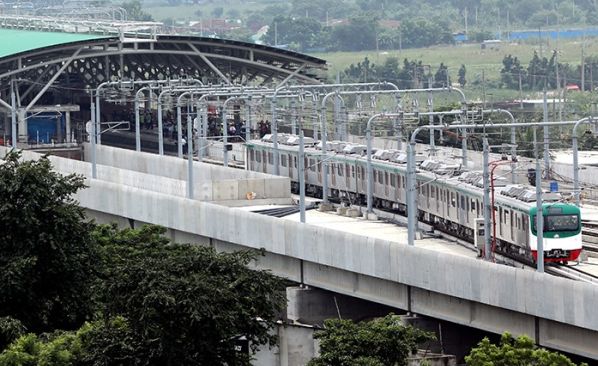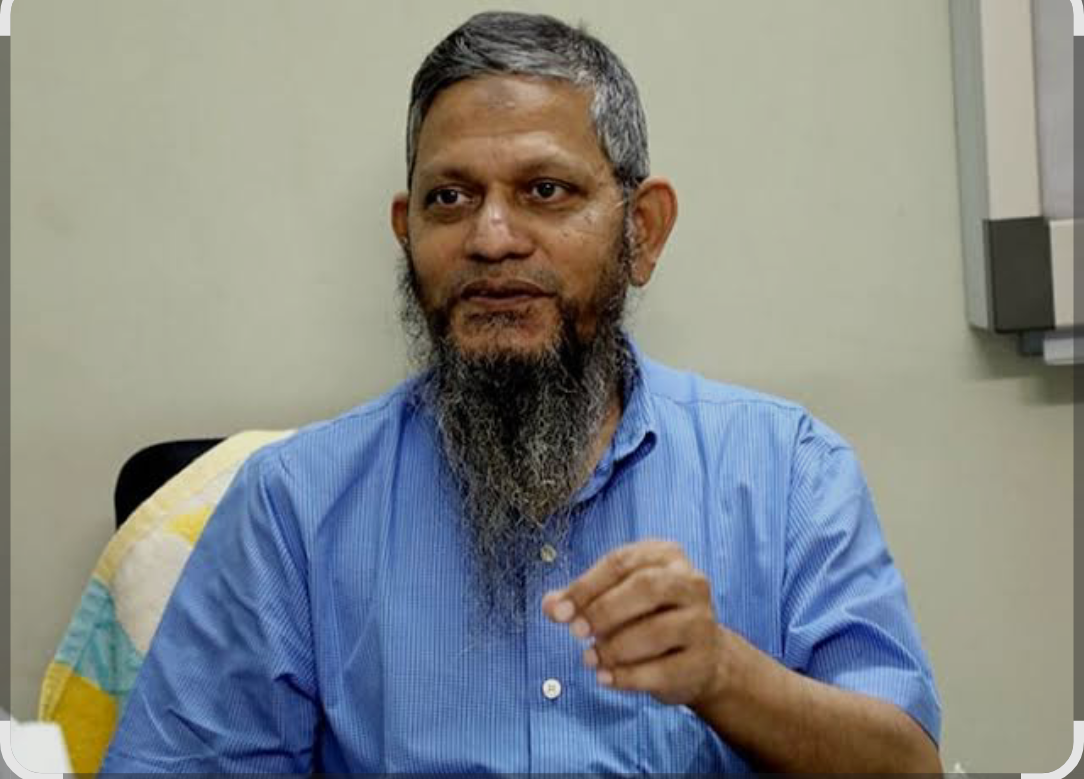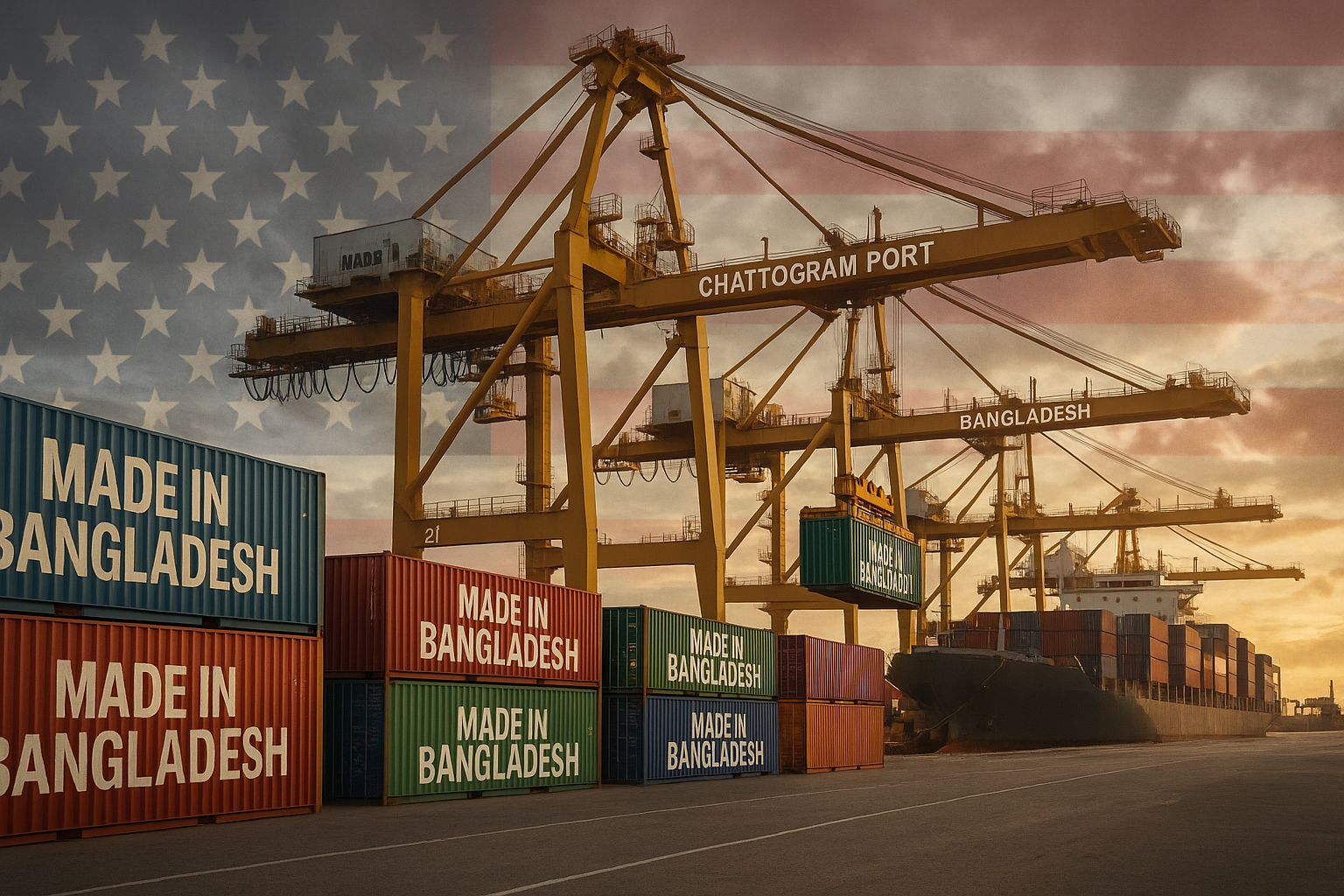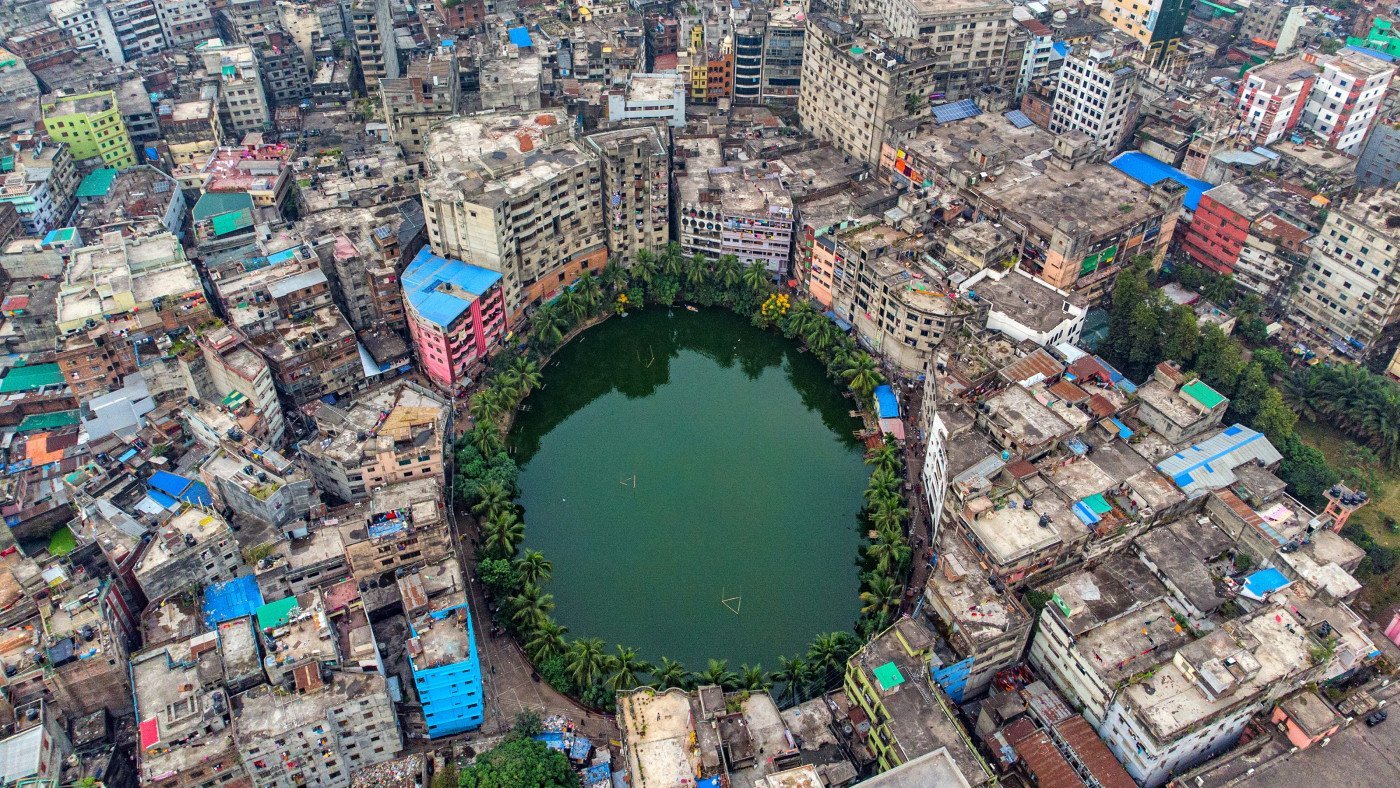Dhaka Metro Rail Tragedy: Costly Project Faces Safety Shock

Dhaka Metro Rail and Its Sudden Shock
The Dhaka Metro Rail was built to represent Bangladesh’s move toward modern urban transport. After years of planning and billions in investment, it became a national symbol of progress. Recently, a tragic accident near Farmgate shocked the entire country.
According to The Business Standard, a man named Abul Kalam Azad lost his life when a bearing pad from the metro line fell from pillar number 433. The incident took place around noon and injured two others nearby.
Such a tragedy raises an important question. How could this happen in one of the most expensive metro systems in Asia? The Dhaka Mass Transit Company Limited (DMTCL) has started an inquiry. As Prothom Alo reports, a five-member committee will determine whether the cause was design error, maintenance negligence, or construction fault.
The Rise of Dhaka Metro Rail: A Modern Milestone
The Dhaka Metro Rail, officially known as MRT Line 6, covers 21.26 kilometers from Uttara North to Motijheel. It includes 16 stations. The project is operated by DMTCL and financed mainly by the Japan International Cooperation Agency (JICA).
The total project cost stands at Tk 33,472 crore, which equals about 3.2 billion US dollars. JICA provided 58 percent of this fund through low-interest loans, while the government of Bangladesh covered the rest.
According to bdnews24.com, the metro saves more than 200 million working hours each year. The travel time between Uttara and Motijheel has dropped from two hours to only forty minutes. This achievement shows what well-planned infrastructure can do for a growing megacity like Dhaka.
The Farmgate Incident That Changed Everything
On a Sunday afternoon in October 2025, a 30-kilogram bearing pad fell from the elevated metro structure near Farmgate. It struck a pedestrian who died instantly. Two others were injured.
A bearing pad sits between the bridge pier and the concrete deck. It helps the structure absorb vibration and maintain balance. Its sudden detachment suggests possible faults in installation, material fatigue, or maintenance.
This was not the first warning sign. According to The Financial Express, a similar incident had been reported earlier, but no one was hurt. The latest tragedy exposes the need for stronger inspection routines and quality checks.
Why Did It Happen Despite High Costs
The Dhaka Metro Rail costs around 150 million US dollars per kilometer. It is one of the costliest elevated systems in Asia. The public expects absolute safety at this level of expense. However, cost alone does not ensure perfection.
Construction and Installation Issues
Even under Japanese supervision, much of the installation was done by local teams. Small alignment errors or weak tightening during setup can lead to problems later. Constant vibration from daily trips also adds pressure to joints.
Maintenance Gaps
Countries like Japan and Singapore use smart digital monitoring to check such structures daily. In Dhaka, maintenance is still mostly manual. If inspection intervals were long, a small issue could grow into a serious threat.
Environmental Challenges
Dhaka’s hot and humid weather causes rust and weakens metal over time. Constant exposure to dust and pollution increases the chance of corrosion.
Expansion Pressure
The project’s extension toward Kamalapur increased the workload of engineers. Meeting tight deadlines may have reduced time for detailed safety inspections.
Dhaka Metro in Global Comparison
Among elevated metro systems, Dhaka’s cost remains one of the highest in Asia.
- Delhi Metro (India): about 70 to 90 million dollars per kilometer
- Jakarta MRT (Indonesia): about 125 million dollars per kilometer
- Bangkok BTS (Thailand): about 100 million dollars per kilometer
- Kuala Lumpur (Malaysia): about 110 million dollars per kilometer
- Dhaka Metro Rail (Bangladesh): about 150 million dollars per kilometer
Despite this cost, maintenance standards appear weaker. The difference shows that Bangladesh must now focus on maintenance and operational maturity, not just construction success.
Experts note that the next challenge for Bangladesh is to ensure quality control and long-term safety across all metro lines. Without that, the value of such expensive projects could fade quickly.
Government Response and Public Reaction
The Ministry of Road Transport ordered an immediate suspension of metro service in the affected area. As Dhaka Tribune reported, a high-powered committee will submit findings within two weeks.
The DMTCL managing director assured the public that daily inspections are in place. However, the incident has already shaken public confidence. Passengers now question whether similar risks exist across other sections of the line.
To restore trust, DMTCL can publish a monthly safety report. Transparency about inspections and maintenance could rebuild public confidence in the system.
Lessons for Future Metro Lines
Bangladesh plans to expand its metro network through MRT Lines 1, 2, and 5 by 2035. The recent tragedy must guide all future projects.
- Strict third-party safety audits every six months
- Use of real-time digital sensors to track vibration and stress
- Training programs for Bangladeshi engineers under JICA supervision
- Public reporting on maintenance and inspection schedules
- Strong emergency response teams at all metro stations
Learning from this mistake can turn tragedy into progress.
Balancing Progress with Public Safety
The Dhaka Metro Rail is a national pride project. It represents modernization, but it also carries a duty of care toward the people. Safety should always come before speed or cost.
The government’s decision to compensate the victim’s family and begin an investigation is a positive step. Still, the ultimate goal should be to prevent such accidents altogether.
Maintaining global safety standards will strengthen Bangladesh’s image as a reliable partner for international development agencies like JICA and ADB.
Moving Forward After the Tragedy
The accident near Farmgate is a painful reminder that infrastructure success means nothing without safety. Every component, from large pillars to small bolts, must meet strict inspection standards.
The Dhaka Metro Rail can recover from this tragedy through transparency, technology, and training. A strong maintenance culture will make the system not only modern but also safe for everyone who uses it.
If the lessons are learned well, this tragedy will lead to better practices and higher safety standards across all public projects in Bangladesh.







